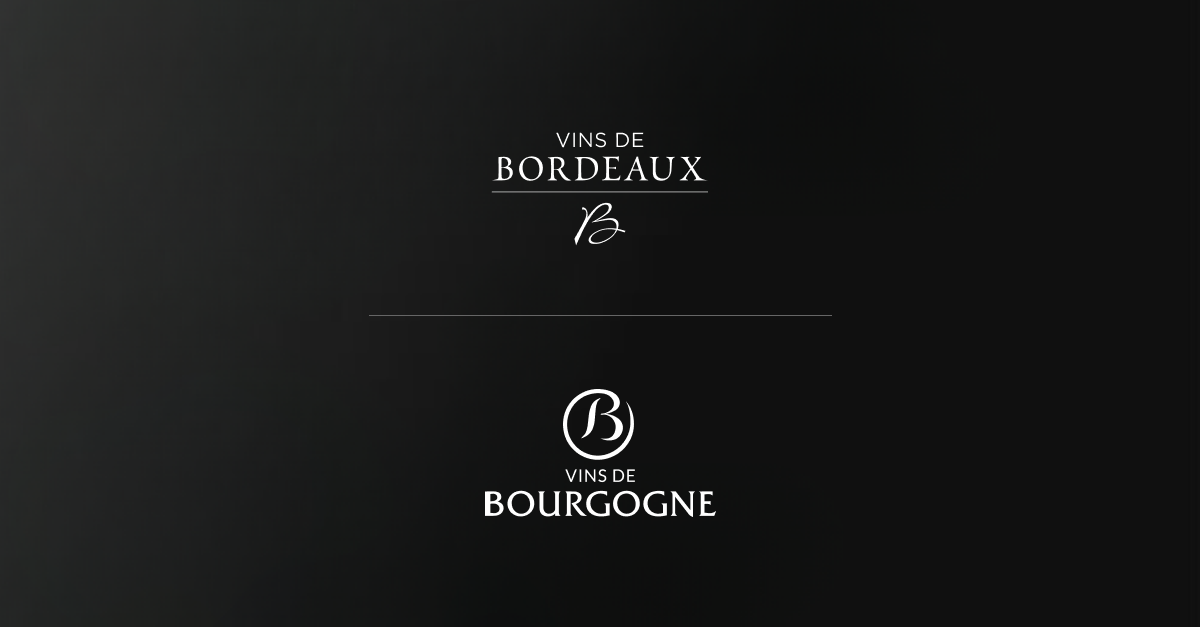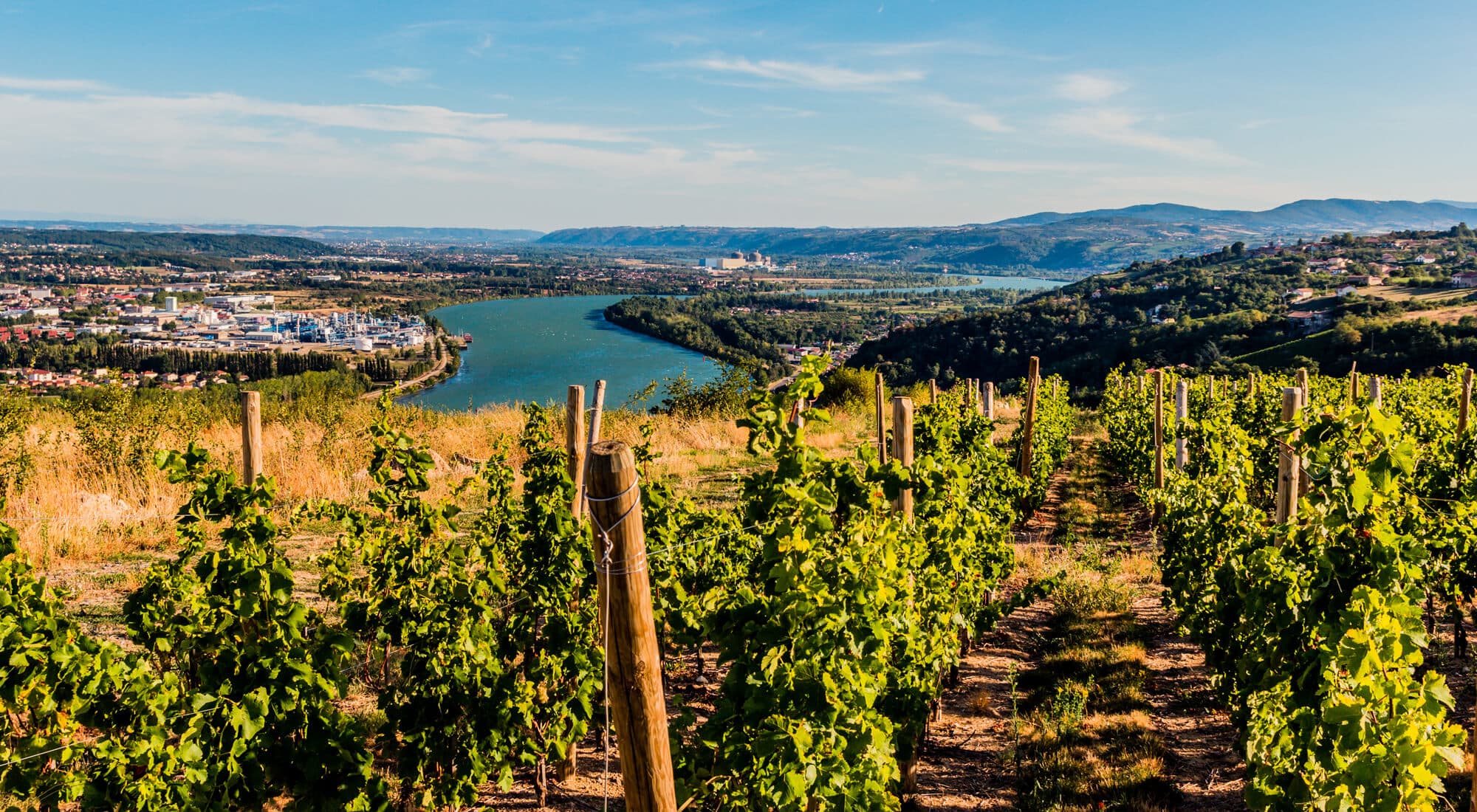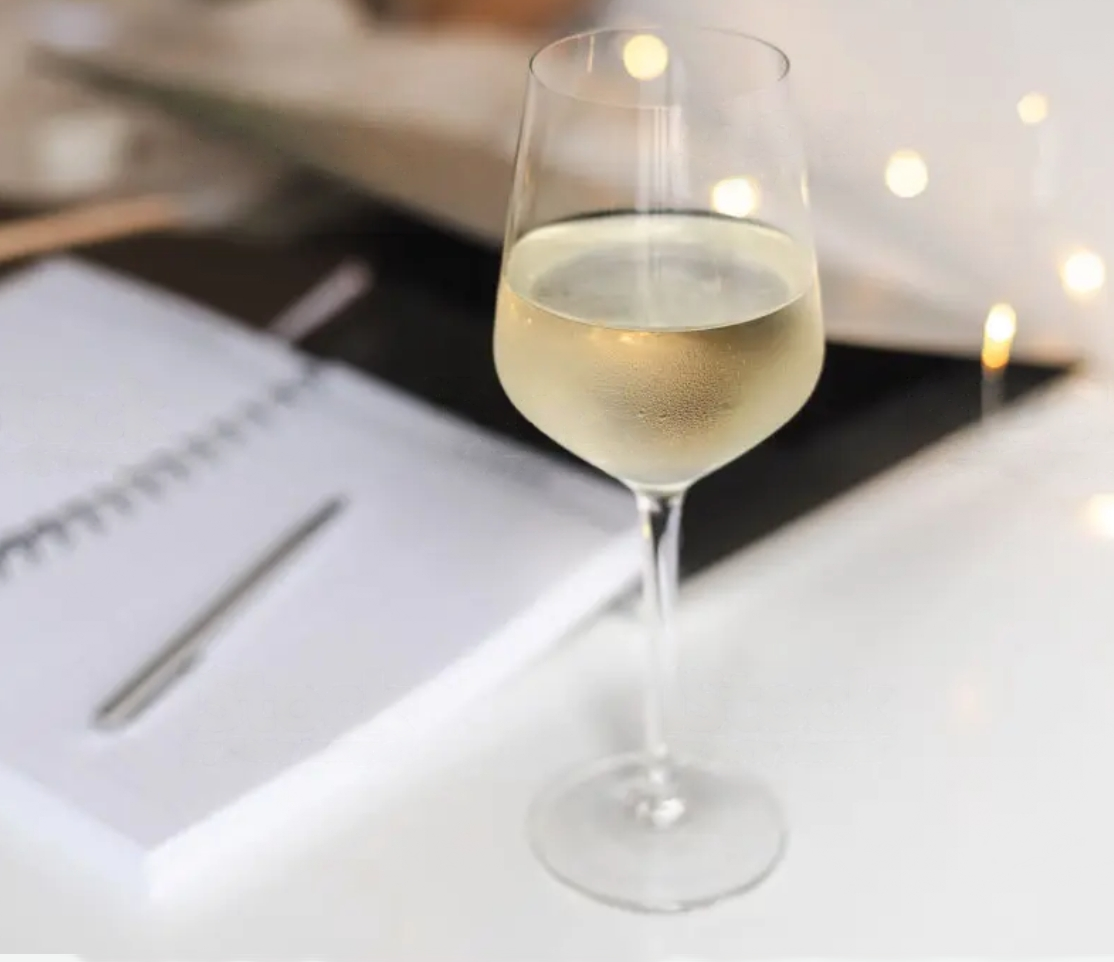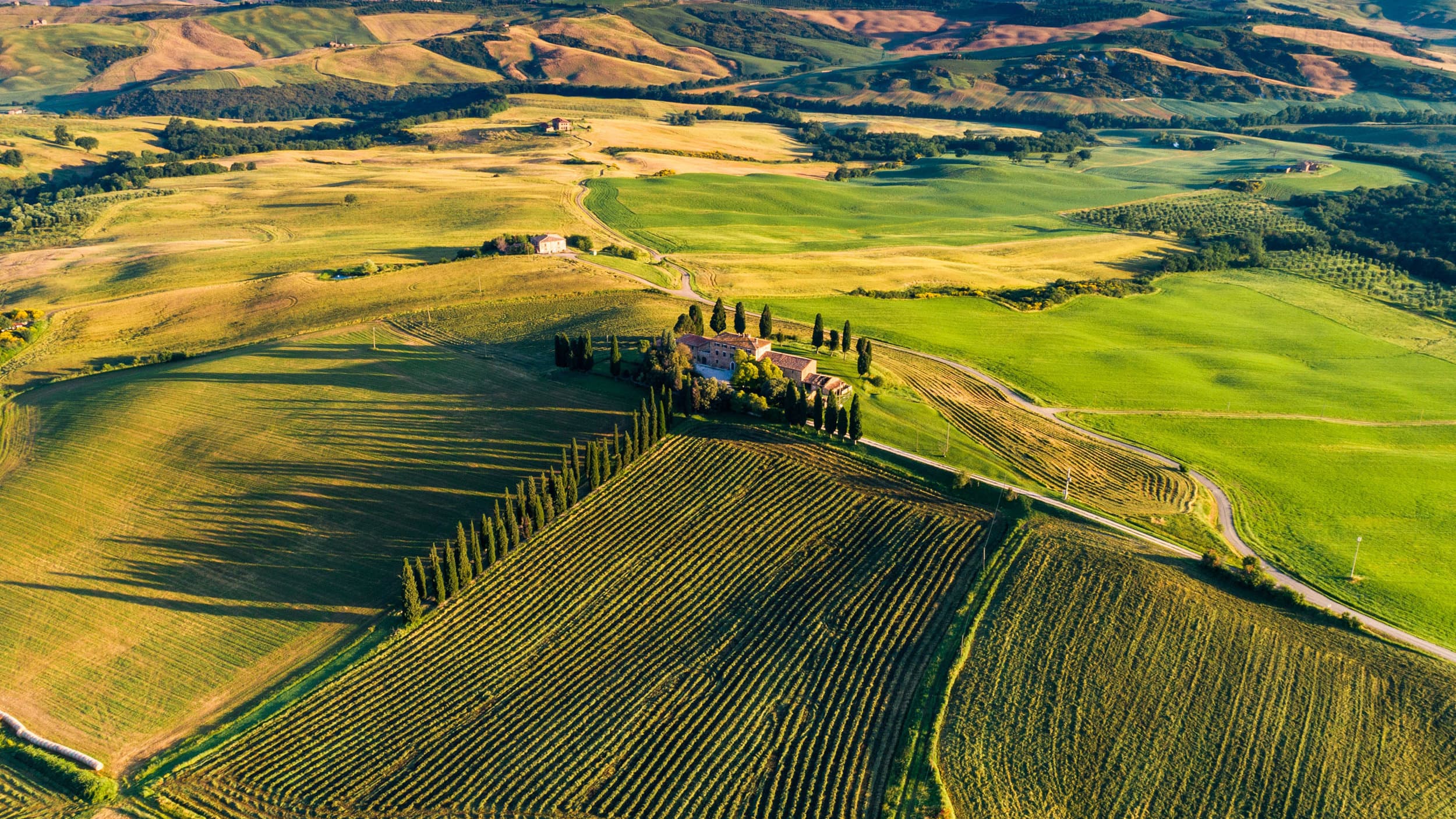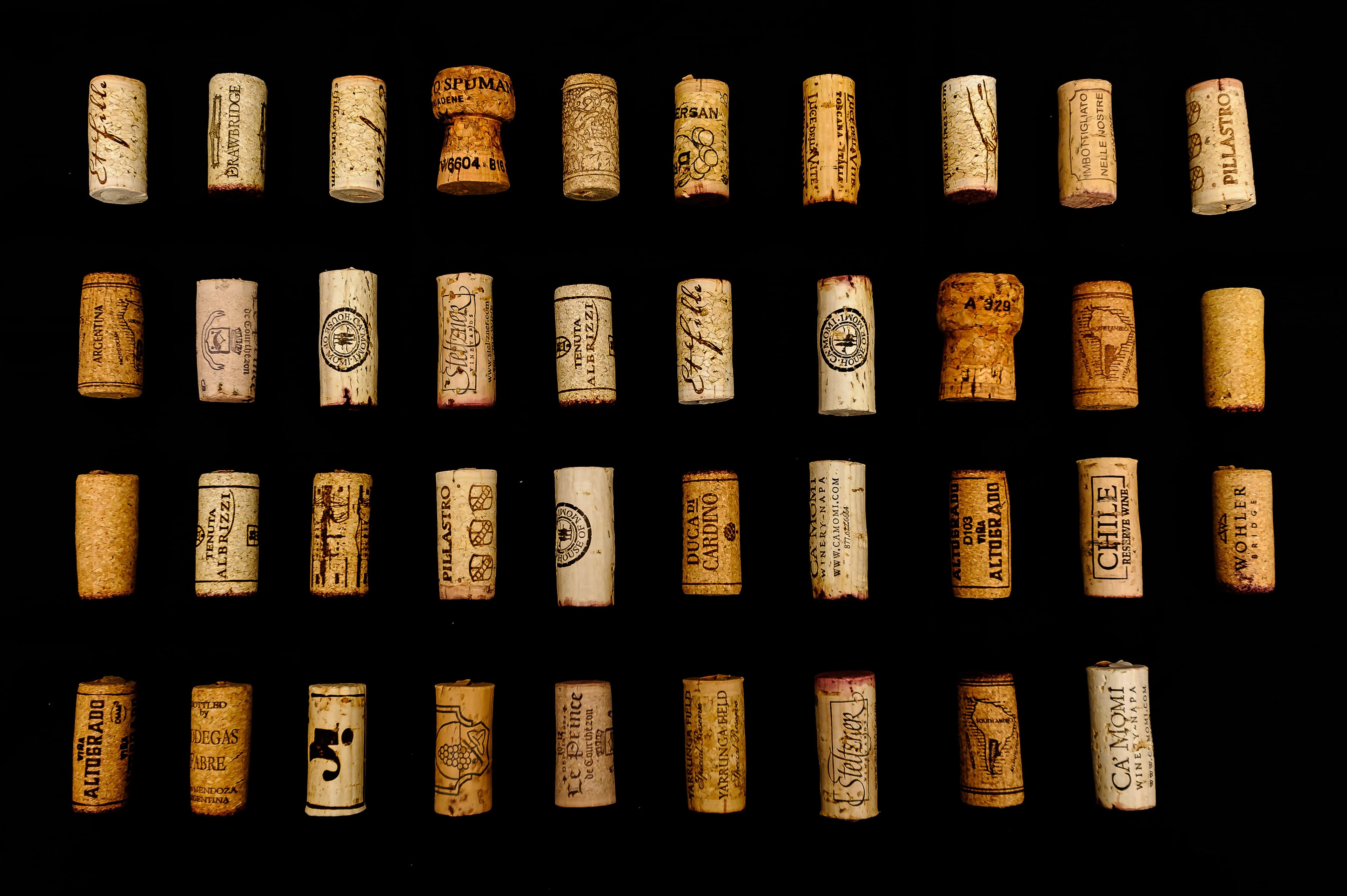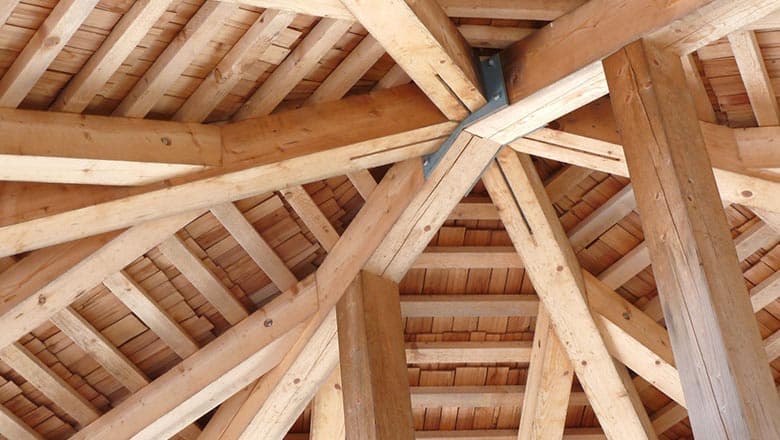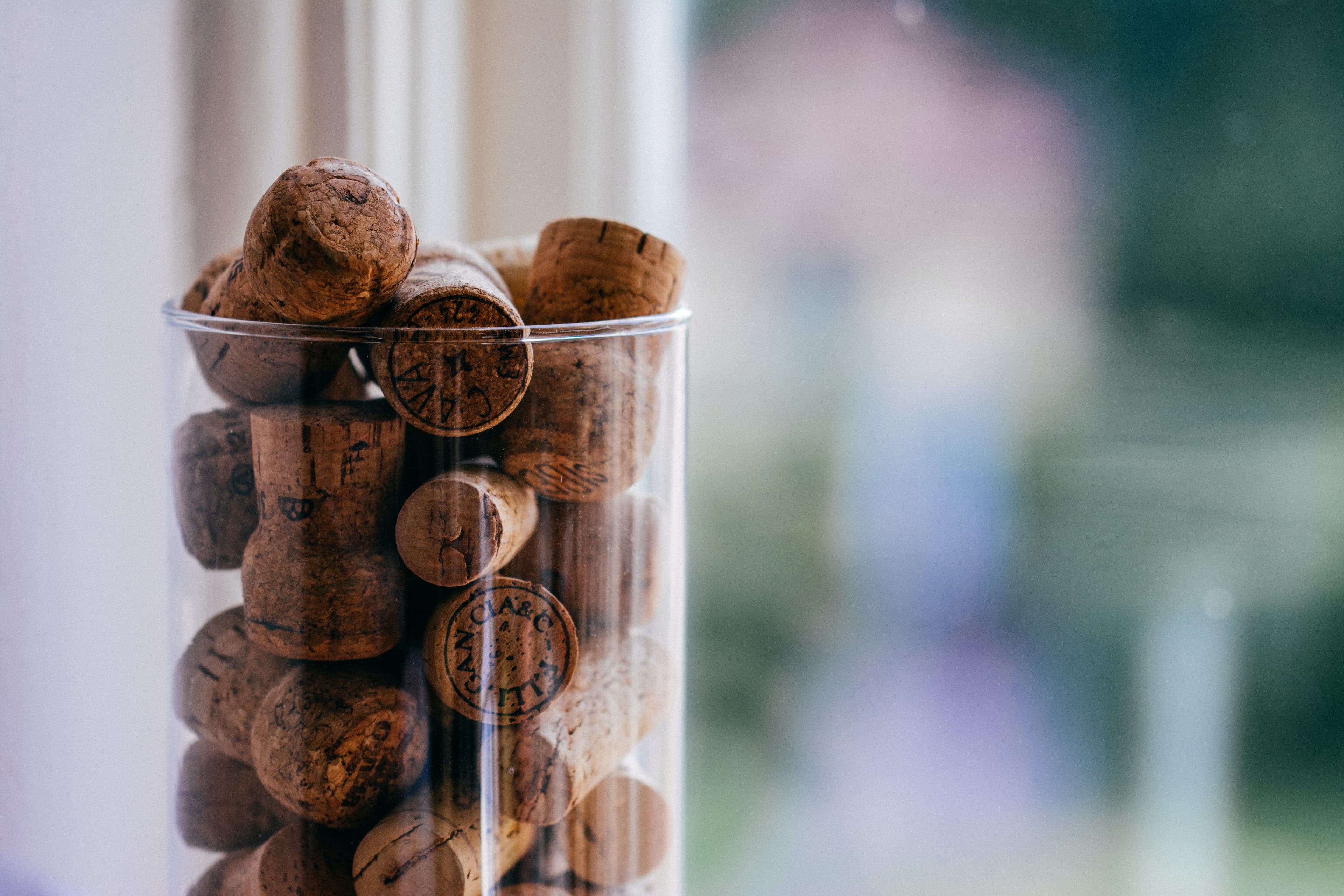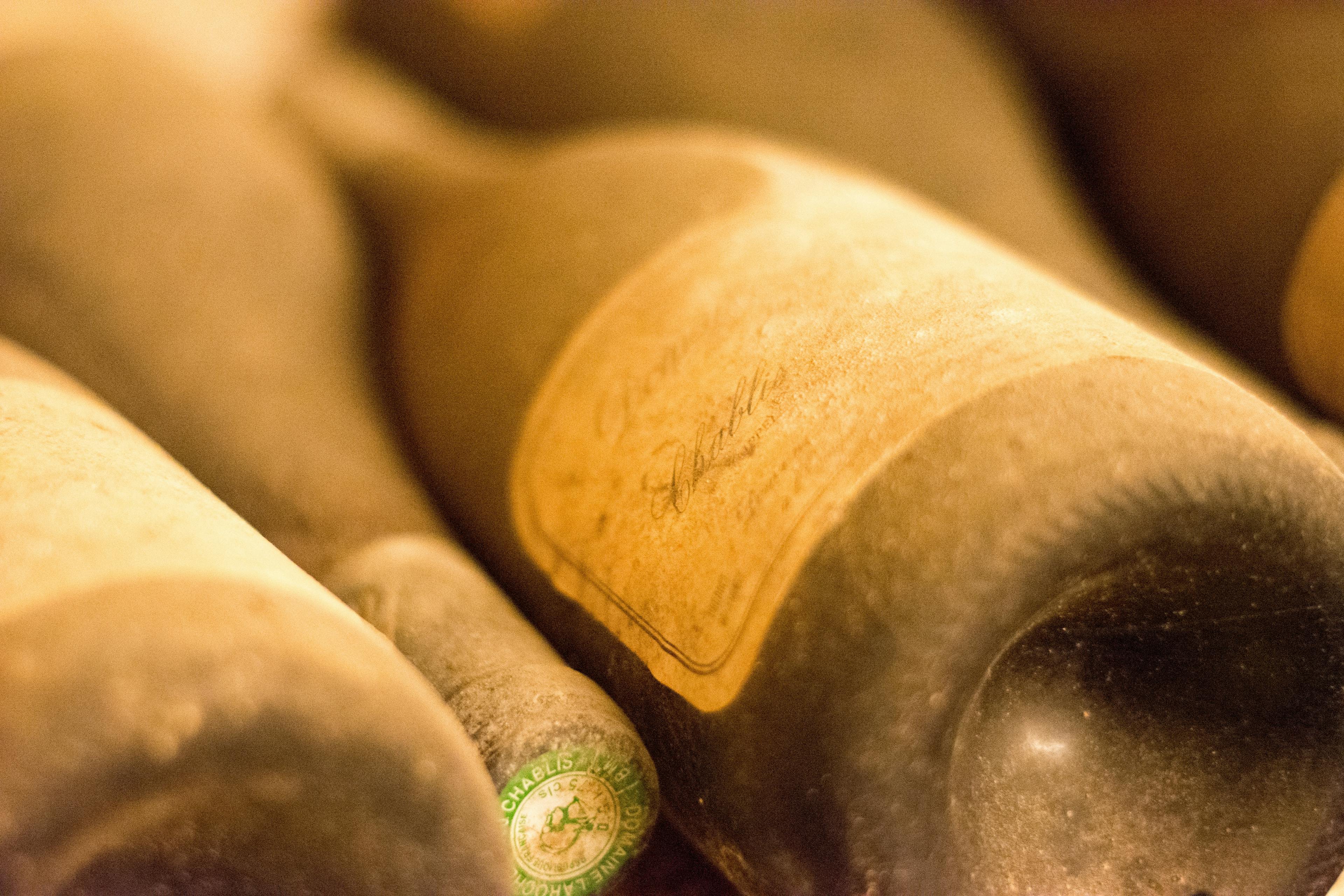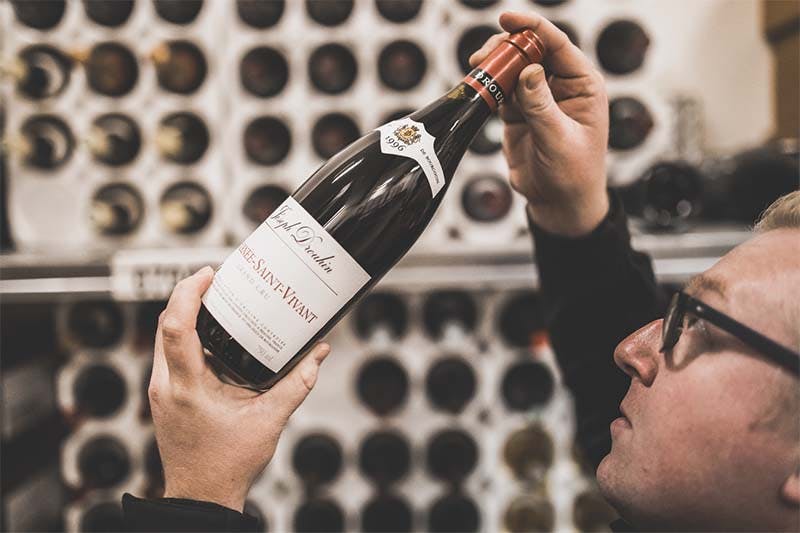The Craftsmanship Behind Domaine des Lambrays
12 min read
Head of Content

Nestled in the heart of Burgundy, the esteemed Domaine des Lambrays stands as a testament to the art of winemaking. This prestigious estate, known for its rich history and dedication to quality, crafts some of the most revered wines in the world. The vineyard's meticulous approach to viticulture and vinification reflects a deep respect for tradition combined with innovative techniques. Each bottle from Domaine des Lambrays is not just a product, but a story of passion, precision, and the unique terroir of Burgundy. In this article, we delve into the elements that make this winery a paragon of excellence in the wine industry.
The Art of Selecting the Perfect Grapes
At Domaine des Lambrays, the meticulous process of selecting the perfect grapes is fundamental to the quality of their wines. This begins with a deep understanding of the vineyard's microclimate and soil composition, which are crucial for nurturing vines that produce superior fruit. Each vine is carefully monitored throughout the growing season, with attention paid to factors such as sunlight exposure and water availability.
The timing of the harvest is critical. The vineyard team at Domaine des Lambrays takes multiple factors into account, including sugar levels, acidity, and tannin maturity, to determine the optimal moment for picking. This decision is often made on a vine-by-vine basis, ensuring that only the best grapes make it into the final product.
Weather Conditions: Constant monitoring helps in adapting to the unpredictable nature of weather, which can significantly impact the ripening process.
Soil Health: Regular soil assessments inform the team about necessary adjustments in vineyard management practices, promoting healthy vine growth.
Pest Management: Integrated pest management strategies are employed to protect the vines without relying heavily on chemical interventions.
For those interested in enjoying the exceptional wines from Domaine des Lambrays, understanding these detailed practices highlights the dedication behind every bottle.
Traditional vs. Modern Winemaking Techniques
In the world of winemaking, the contrast between traditional and modern methods can significantly influence the final product. Traditional techniques often involve manual harvesting, where meticulous attention ensures only the best grapes are selected. This labor-intensive process helps preserve the grape's integrity and the wine's nuanced flavors. Fermentation in old oak barrels is another hallmark of conventional methods, imparting subtle woody notes and a complex character to the wine.
Conversely, modern winemaking employs advanced technology to enhance efficiency and control over the process. Mechanical harvesters expedite the picking process, ensuring large volumes are processed swiftly to prevent spoilage. Stainless steel tanks are commonly used for fermentation, offering winemakers precise temperature control, which is crucial for maintaining consistent quality. These contemporary practices can also include innovative filtration techniques and the use of cultured yeasts to influence the wine's aroma and taste profile.
Both approaches have their merits, and at Domaine des Lambrays, the blend of old and new techniques helps serve wines that are rich in tradition yet modern in appeal. Here, the integration of these methods ensures that each bottle reflects both the heritage of the vineyard and the advancements in winemaking science.
The Role of the Master Winemaker
The master winemaker at Domaine des Lambrays plays a pivotal role in defining the characteristics of their renowned wines. This individual's expertise is crucial in overseeing the vineyard's entire winemaking process, from the careful selection of grapes to the meticulous control of fermentation and aging. Their deep understanding of terroir—the unique combination of soil, climate, and landscape—enables the crafting of wines that truly embody the essence of their Burgundy origin.
Grape Selection: The winemaker's ability to choose the right grapes at the perfect time ensures that only the best quality is used for wine production.
Fermentation Supervision: By controlling the fermentation process, the winemaker can influence the wine's flavor profile and stability.
Aging Process: Decisions on how long the wine ages, and in what type of barrels, significantly affect the complexity and taste of the final product.
Through these actions, the master winemaker not only preserves but enhances the heritage and prestige of Domaine des Lambrays, ensuring each vintage reflects the high standards expected by connoisseurs worldwide.
Innovations in Fermentation Processes
Domaine des Lambrays has long been celebrated for its exceptional wines, a reputation bolstered by its innovative approaches to fermentation. These advancements have significantly influenced the taste of their wines, setting them apart in a competitive market. One key innovation is the use of temperature-controlled fermentation tanks. This technology allows for precise management of the fermentation process, ensuring that the yeast activity is optimal for flavor development.
Additionally, Domaine des Lambrays employs indigenous yeasts, which are naturally occurring in their vineyard. This choice enhances the wine's complexity and provides a unique character that can't be replicated elsewhere. The integration of these yeasts with traditional techniques creates a balance between modern efficiency and classic styles.
Pigeage: A method where the cap of grape skins is manually pushed down into the juice to increase color and flavor extraction.
Extended Maceration: This process prolongs the contact between juice and skins, extracting deeper flavors and tannins, which contribute to the wine’s aging potential.
These methods, combined with a meticulous attention to detail, ensure that each bottle of Domaine des Lambrays stands out for its quality and distinctiveness.
Aging Process: Barrels and Beyond
The aging process at Domaine des Lambrays is a meticulous practice that significantly influences the flavor profile of their wines. Central to this process is the use of oak barrels, which impart complex aromas and tannins to the wine. These barrels are carefully selected based on the type of wood, the grain tightness, and the level of toast, each factor playing a crucial role in the development of the wine's character.
Beyond the barrels, the cellar conditions are also vital. Temperature and humidity are rigorously controlled to ensure optimal aging conditions. This controlled environment helps in the slow maturation of the wine, allowing it to develop a balanced integration of flavors and aromas.
For enthusiasts looking to enhance their experience, exploring food pairings with Domaine des Lambrays can be particularly rewarding. Ideal matches include:
Roasted lamb with herbs, complementing the wine’s robustness.
Grilled mushrooms, which echo its earthy undertones.
Aged cheeses that resonate with the wine's complex texture.
Each pairing is designed to elevate both the wine and the meal, creating a harmonious dining experience.
Quality Control Measures for Excellence
Ensuring the quality of Domaine des Lambrays wines involves meticulous control measures at every stage of production. From the vineyard to the bottle, each step is carefully monitored to maintain the high standards that the estate is known for. One of the critical aspects of preserving the integrity of these wines is understanding how to store them properly.
Temperature Control: Consistent temperatures are crucial for aging wine gracefully. The cellars at Domaine des Lambrays are kept at a constant cool temperature, which prevents detrimental fluctuations that could affect the wine's development.
Humidity Management: Adequate humidity levels are maintained to ensure that corks do not dry out. This helps in preventing oxidation and preserving the wine's quality over time.
Light Exposure: Wines are sensitive to light, particularly UV rays, which can degrade the quality rapidly. The storage areas are designed to minimize light exposure, safeguarding the wine's flavor and longevity.
Vibration Reduction: The estate takes measures to reduce vibrations, which can disturb the sediment in bottles and negatively impact the maturation process. Stable environments contribute to the development of the wine's complex flavors.
These practices highlight the commitment of Domaine des Lambrays to excellence, ensuring that each bottle meets the highest quality standards before it reaches the consumer.
The Harvest: Timing and Techniques
The harvest period at Domaine des Lambrays is pivotal, demanding precise timing and specialized techniques to ensure the quality of the wine. Typically, the timing of the harvest is determined by the ripeness of the grapes, which is assessed through regular tasting and analysis of sugar levels, acidity, and tannin maturity. This meticulous approach ensures that each varietal is picked at its optimal point.
During the harvest, Domaine des Lambrays employs both traditional and modern techniques. Hand-picking is favored to maintain the integrity of the fruit, a method that is especially important for delicate varietals prone to bruising. The picked grapes are then carefully sorted to exclude underripe or damaged fruit, a process that preserves the desired flavor profile of the final product.
Selective Picking: Only the best grapes are chosen, which often means multiple passes through the vineyards.
Gentle Handling: To prevent premature crushing, the grapes are handled as little as possible.
Temperature Control: After picking, the grapes are quickly transported to cooling facilities to halt fermentation processes until proper processing begins.
For more detailed facts about Domaine des Lambrays, exploring specific harvesting techniques can provide deeper insights into the winemaking process.
Blending Artistry: Creating the Perfect Balance
At Domaine des Lambrays, the blending process is a testament to the meticulous artistry that defines their winemaking. Each vintage begins with a careful selection of grapes, ensuring only the highest quality is used. This initial choice is crucial, as it sets the foundation for the wine's character and complexity. The winemakers then engage in the delicate task of blending different varietals. This step is not merely about mixing; it's a sophisticated process to achieve a harmonious balance between the distinct flavors and aromas.
Precision in Proportioning: Adjusting the proportions of each varietal is done with precision, aiming to enhance the wine's structure and depth.
Aging for Excellence: The blended wine is aged in carefully selected barrels, which contribute to its flavor profile and tannic backbone.
Taste Testing: Regular taste tests are conducted throughout the aging process to ensure the blend maintains its desired quality and balance.
For those interested in the deeper history of Domaine des Lambrays, it's clear that their success is deeply rooted in a commitment to both tradition and innovation. This approach has allowed them to consistently produce wines that are not only balanced but also rich in character.
The Importance of Soil Management
The Importance of Soil Management at Domaine des Lambrays is pivotal in producing high-quality wines, including some of the most popular vintages. This renowned winery meticulously manages its soil to ensure the vines receive optimal nutrients and water. By employing sustainable practices, the estate maintains soil health and promotes biodiversity, which in turn enhances the complexity and flavor profile of their wines.
Organic Matter Addition: Regular incorporation of organic compost improves soil structure, increases water retention, and boosts microbial activity.
Cover Cropping: Planting cover crops between vine rows prevents erosion, naturally suppresses weeds, and fixes nitrogen in the soil.
Minimal Tillage: Reducing tillage preserves soil integrity, prevents compaction, and helps maintain a healthy underground ecosystem.
Controlled Irrigation: Efficient water management is crucial, especially in Burgundy's variable climate, to balance vine stress and promote deep root growth.
These practices not only contribute to the sustainability of the vineyard but also play a critical role in the consistent quality and distinctiveness of Domaine des Lambrays' wines.
Handcrafting vs. Mechanization in Production
The debate between handcrafting and mechanization in the production of wine at Domaine des Lambrays highlights a significant aspect of modern viticulture. Handcrafting, a traditional method, involves meticulous human attention to every detail of the vineyard and winemaking process. This approach ensures that each vine is individually tended to, allowing for the nuanced expression of terroir that Domaine des Lambrays wines are known for.
Hand Pruning: Vineyard workers carefully select and prune vines by hand, which promotes healthier plant development and better fruit quality.
Manual Harvesting: Grapes are picked by hand to ensure that only the best fruit is chosen, reducing the risk of bruising and maintaining the integrity of each cluster.
On the other hand, mechanization introduces efficiency and consistency at a larger scale. Machines can manage vast areas of vineyards more swiftly than human workers, significantly reducing labor costs and time.
Mechanical Pruning: Automated tools perform this task quickly, though potentially at the expense of precision and plant health.
Machine Harvesting: This method is faster and can be conducted outside of traditional daylight hours, optimizing the harvest process but possibly affecting the grapes' quality.
Each method has its merits, and Domaine des Lambrays employs a balanced approach to leverage the benefits of both techniques, ensuring the production of high-quality wines.
Conclusion
In conclusion, the meticulous craftsmanship behind Domaine des Lambrays is a testament to the rich heritage and profound expertise that define the world of fine wines. Each bottle from this esteemed domaine is not just a product but a piece of history, crafted with unwavering dedication and a deep understanding of viticulture and enology. The unique terroir of the Côte de Nuits, combined with centuries-old traditions and innovative practices, ensures that each vintage not only reflects the character of its environment but also offers a complex, nuanced experience for the connoisseur.
For enthusiasts looking to invest in such exquisite wines, Rekolt provides a seamless solution that preserves the integrity and value of these treasures. By offering professional cellar storage options, Rekolt ensures that the delicate nuances of wines like those from Domaine des Lambrays are meticulously maintained under optimal conditions until they are ready to be enjoyed or sold. This service not only enhances the practicality of collecting fine wines but also supports the dynamic trade and resale of these valuable assets, making it easier for connoisseurs and investors alike to indulge in their passion for premium wines without logistical concerns. Thus, Rekolt stands as a bridge between the traditional art of winemaking and the modern needs of wine lovers and collectors, ensuring that the legacy of domains like Domaine des Lambrays continues to be appreciated and valued across generations.
Share this article
